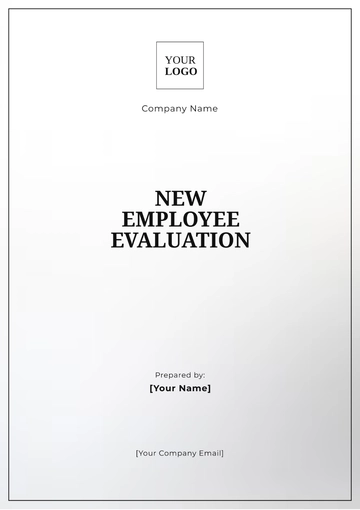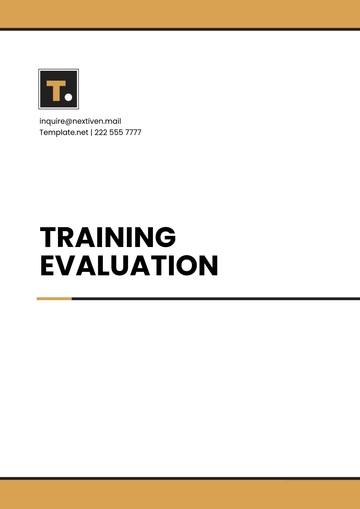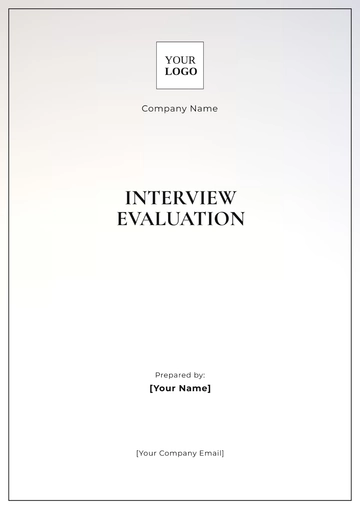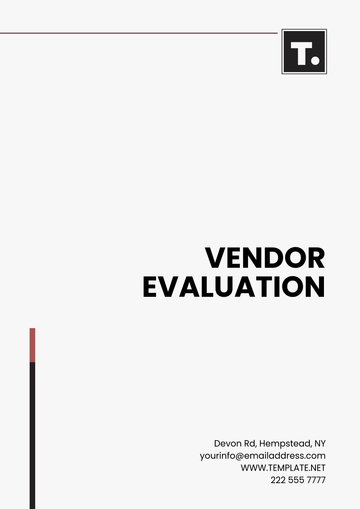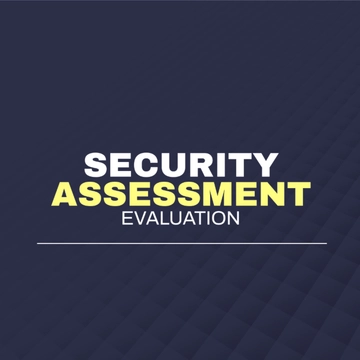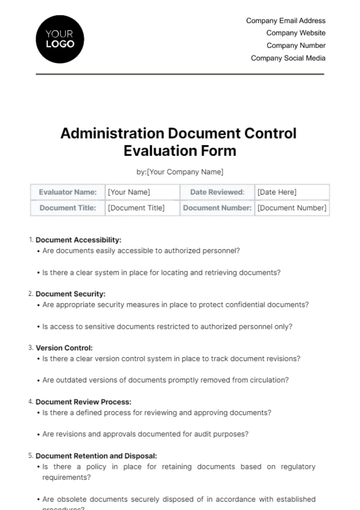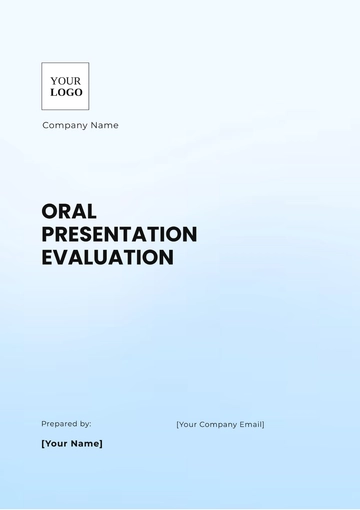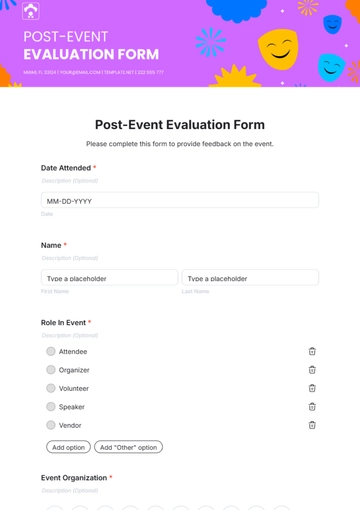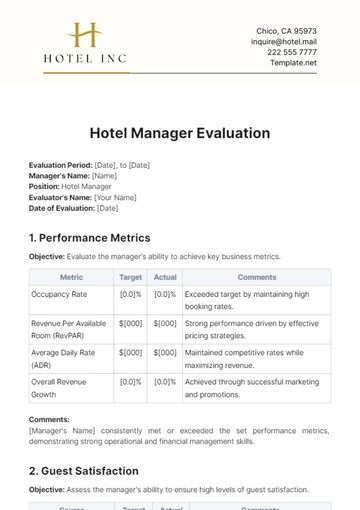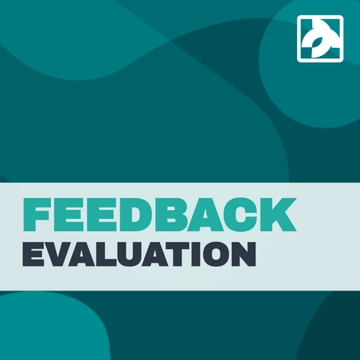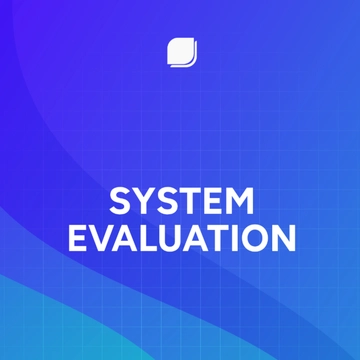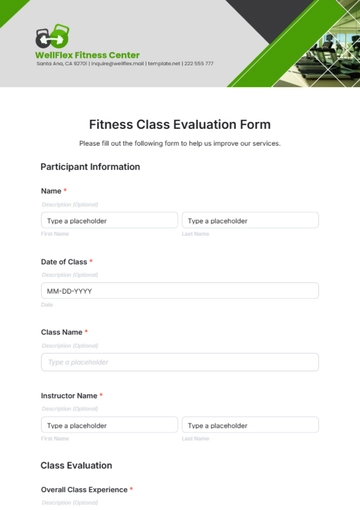Free Finance Mergers & Acquisitions Evaluation Manual
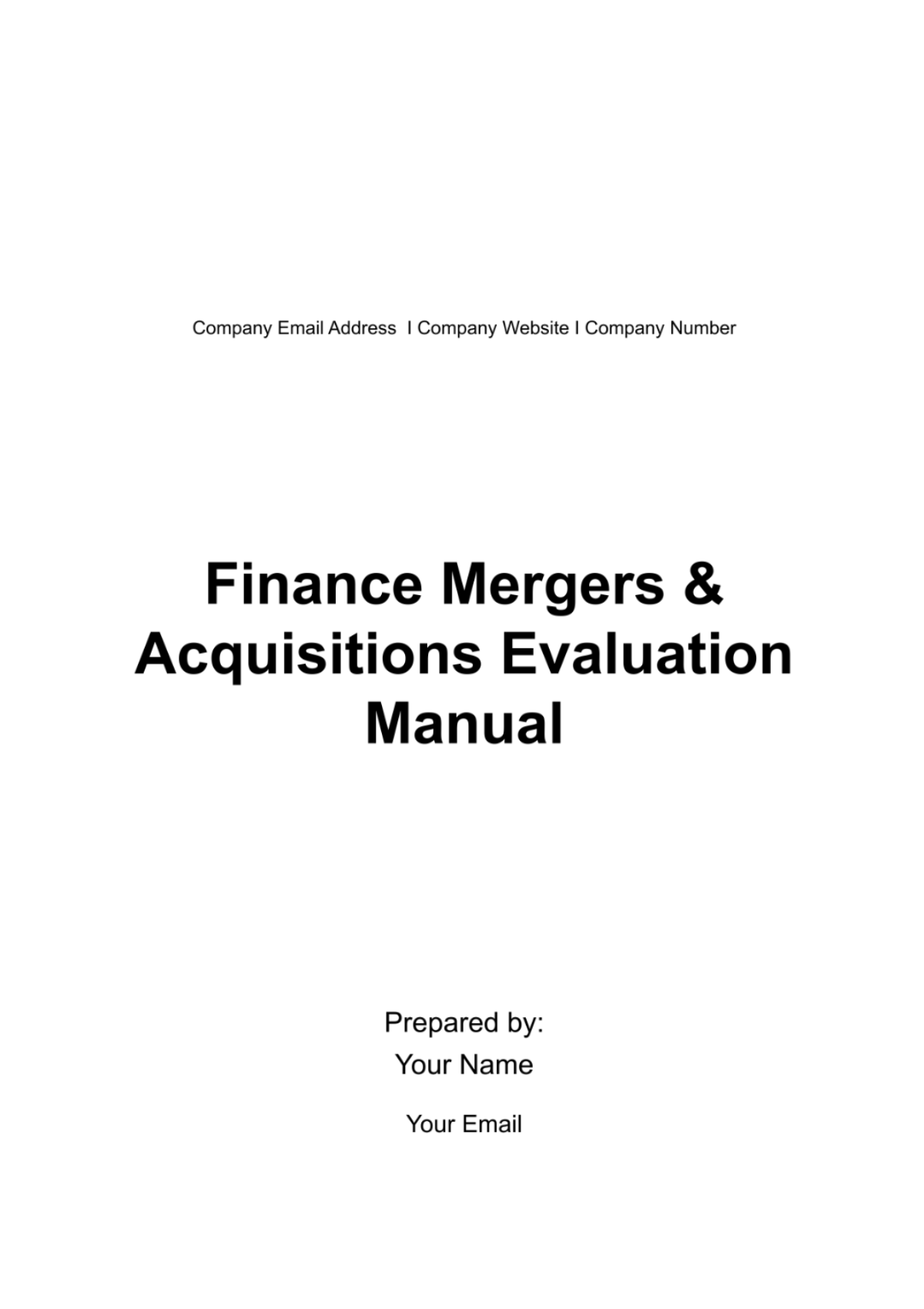
Published By: [Your Company Name]
Year: 2050
Contact: [Your Company Email] / 222 555 7777
I. Introduction
The Finance Mergers & Acquisitions (M&A) Evaluation Manual serves as a comprehensive guide for financial professionals and organizations engaging in M&A transactions. With a primary focus on informed decision-making, this manual is designed to facilitate the thorough evaluation and execution of M&A activities. Intended for financial analysts, corporate development teams, and legal advisors, it outlines a structured framework encompassing various stages of the M&A process.
II. Preliminary Considerations
Before delving into the intricacies of Finance Mergers & Acquisitions (M&A) Evaluation, it is paramount to establish a solid foundation. The Preliminary Considerations section serves as the preamble to this comprehensive manual, setting the stage for strategic decision-making in the dynamic landscape of mergers and acquisitions.
Strategic Objectives: Aligning M&A activities with broader strategic objectives is crucial. The manual emphasizes the identification of growth opportunities and strategic alignment.
Risk Appetite: Recognizing and defining the organization's risk appetite is fundamental, guiding decision-makers in assessing and mitigating risks associated with M&A transactions.
Regulatory Landscape: Acknowledging the regulatory environment is essential for compliance. The manual provides a checklist of common regulatory considerations.
Internal Readiness Assessment: Users are guided through a self-assessment tool to evaluate the organization's readiness for M&A, covering financial, operational, and cultural aspects.
III. Deal Sourcing and Screening
Navigating the complex terrain of Mergers & Acquisitions (M&A) begins with the crucial phase of Deal Sourcing and Screening. In this section, we embark on a journey to identify and evaluate potential target companies, laying the groundwork for strategic decision-making.
Identifying Target Companies: Effective methods for identifying potential target companies, including market research and networking, are outlined. A template for creating target company profiles is included.
Initial Screening Criteria: A framework for evaluating potential targets based on financial health, synergy potential, and strategic fit is provided. Users are encouraged to use a scoring system for initial screening.
Preliminary Due Diligence: The manual outlines key steps in preliminary due diligence, emphasizing efficient data gathering. A checklist of documents for this phase is included.
IV. Financial Analysis
In the Financial Analysis phase, we embark on a detailed examination of the target company's financial health, historical performance, and future projections. This holistic approach is essential for informed decision-making in Mergers & Acquisitions (M&A).
Historical Financial Performance: Understanding the historical financial performance is foundational. We delve into income statements, balance sheets, and cash flow statements, deciphering trends and identifying key drivers. The following table provides a snapshot of the key financial ratios to assess during this phase:
Financial Ratio
Formula
Significance
Profit Margin
Net Income / Revenue
Indicates profitability
Current Ratio
Current Assets / Current Liabilities
Assesses short-term liquidity
Debt-to-Equity
Total Debt / Shareholders' Equity
Evaluates financial leverage
Return on Equity
Net Income / Shareholders' Equity
Measures profitability relative to equity
Projections and Forecasting: The ability to create realistic revenue and expense projections is paramount. In this section, we offer a template for financial modeling and sensitivity analysis. This template includes input fields for revenue growth rates, expense assumptions, and a sensitivity analysis table, allowing users to assess the impact of varying assumptions on the financial projections.
Valuation: Valuation is a pivotal aspect of M&A, and various methods are employed. The following table outlines the key components of different valuation methods:
Valuation Method
Key Components
Discounted Cash Flow (DCF)
Projected cash flows, discount rate, terminal value
Comparable Company Analysis
Multiples (e.g., P/E ratio) of similar publicly traded companies
Precedent Transactions
Valuation multiples from recent similar transactions
V. Due Diligence
The Due Diligence phase is a critical juncture in the M&A process, demanding meticulous examination across various dimensions. Legal due diligence involves scrutinizing contracts and assessing potential legal liabilities. Financial due diligence dives into the quality of earnings, ensuring accuracy in financial reporting. Operational due diligence assesses the operational aspects, from supply chains to technology infrastructure. Cultural due diligence explores the alignment of employee culture and leadership values. This section serves as a comprehensive guide, providing practitioners with the tools needed to conduct a thorough due diligence process.
VI. Risk Assessment
Identifying and mitigating risks is fundamental to the success of M&A transactions. This section employs a comprehensive approach to risk assessment, covering market uncertainties, regulatory challenges, and integration risks.
Identification of Risks: Understanding the diverse risks associated with M&A transactions is crucial.
Mitigation Strategies: Once risks are identified, effective mitigation strategies are imperative. The table below outlines common risk mitigation strategies corresponding to each risk category:
Risk Category
Mitigation Strategies
Market Risks
Diversification of product/service offerings
Regulatory Risks
Thorough due diligence on regulatory compliance
Integration Risks
Cultural assessments, detailed integration planning
VII. Deal Structuring
Deal structuring is a pivotal phase where the terms of the transaction take shape. This section delves into considerations such as the choice between cash and stock, earn-outs, financing options, and the legal and tax implications of different structures. By providing insights into deal structuring, this manual aims to optimize the terms of the deal, ensuring alignment with strategic objectives and risk appetite.
VIII. Integration Planning
Successful integration is the linchpin of M&A success. This section guides users through the multifaceted aspects of integration planning. It covers organizational structure alignment, systems integration, cultural assimilation, and the development of a robust communication plan. Key Performance Indicators (KPIs) are introduced to measure the effectiveness of the integration process, emphasizing the importance of a seamless transition post-acquisition.
IX. Legal Considerations
Navigating the legal landscape of M&A transactions demands meticulous attention to contracts, agreements, and regulatory compliance. This section provides a comprehensive overview of the legal considerations involved.
Contracts and Agreements: The table below outlines key contracts and agreements that require thorough examination during the M&A process:
Type of Agreement
Key Considerations
Purchase Agreements
Terms of the acquisition, representations, and warranties
Employment Contracts
Transfer of employee contracts, non-compete clauses
Intellectual Property Agreements
Ownership and licensing agreements for IP
Regulatory Approvals: Ensuring compliance with regulatory requirements is paramount. The following table highlights common regulatory considerations and approval processes:
Regulatory Consideration
Approval Process
Antitrust and Competition Laws
Filing with antitrust authorities, competition clearance
Industry-Specific Regulations
Compliance checks and filings specific to the industry
X. Documentation Requirements
Effective documentation is the backbone of a successful M&A transaction, ensuring that all relevant information is gathered and assessed. This section provides a comprehensive list of required documents, organized by categories, to facilitate a thorough due diligence process.
Financial Documents:
Audited financial statements for the past three to five years.
Unaudited interim financial statements.
Projections and forecasts for the next three to five years.
Budgets and variance analyses.
Tax returns and related documents.
Legal Documents:
Articles of Incorporation and organization documents.
Contracts and agreements, including customer and supplier contracts.
Employment contracts and agreements.
Intellectual property documents (patents, trademarks, copyrights).
Regulatory compliance documents.
Pending litigation and legal proceedings.
Operational Documents:
Supply chain documentation.
Inventory reports and management processes.
Manufacturing and production processes.
Technology infrastructure documentation.
Quality control processes and reports.
Human Resources Documents:
Organizational charts.
Employee handbooks and policies.
Benefits and compensation plans.
Employee demographics and turnover rates.
Pending HR-related legal issues.
Customer and Sales Documents:
Customer lists and contracts.
Sales and marketing strategies.
Customer satisfaction surveys and feedback.
Key account management processes.
Revenue breakdown by customer segments.
XI. Documentation Requirements
Effective communication is pivotal throughout the M&A process, ensuring transparency and stakeholder alignment. This section outlines strategies for internal and external communication, employing a mix of tables and bullet points for clarity.
Internal Communication Strategy:
Objective: Clearly articulate the goals and impact of the M&A to internal stakeholders.
Stakeholder Mapping:
Stakeholder Group | Key Messages |
|---|---|
Employees | Assurance of job security, integration plans |
Leadership Team | Vision for the combined entity, strategic goals |
Middle Management | Role adjustments, communication channels |
Frontline Staff | Operational changes, training opportunities |
2. Communication Strategy:
Objective: Manage external perceptions and maintain a positive image during the M&A.
Stakeholder Mapping:
Stakeholder Group | Key Messages |
|---|---|
Customers | Continuity of service, enhanced offerings |
Suppliers | Assurance of continued partnerships |
Shareholders | Strategic benefits, potential for value creation |
Regulatory Bodies | Compliance with regulations, necessary filings |
XII. Conclusion
This comprehensive Finance Mergers & Acquisitions Evaluation Manual, we recap the key considerations and stress the importance of ongoing monitoring and evaluation. This manual is not just a guide; it's a dynamic resource to be revisited, refined, and adapted as the M&A landscape evolves. By adhering to the principles outlined herein, users can navigate the complexities of M&A with confidence, fostering successful transactions and contributing to sustained business growth.
- 100% Customizable, free editor
- Access 1 Million+ Templates, photo’s & graphics
- Download or share as a template
- Click and replace photos, graphics, text, backgrounds
- Resize, crop, AI write & more
- Access advanced editor
Improve your M&A strategy with Template.net's thorough Finance Mergers & Acquisitions Evaluation Manual Template. A comprehensive resource designed to streamline the evaluation process, enhance due diligence, and optimize deal assessment. Use it to mitigate risks and maximize the potential profitability of your merger or acquisition. A must-have for finance professionals.
